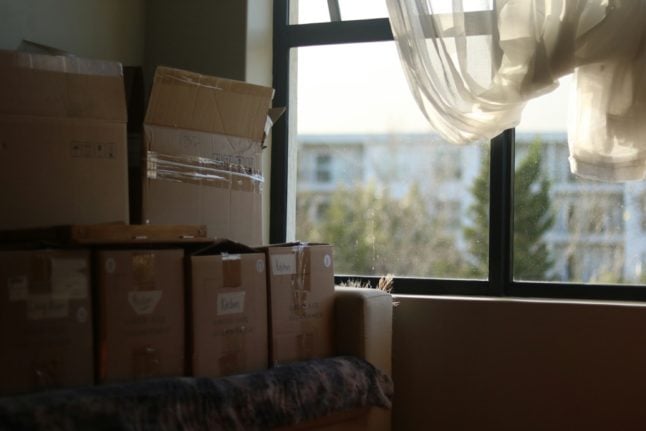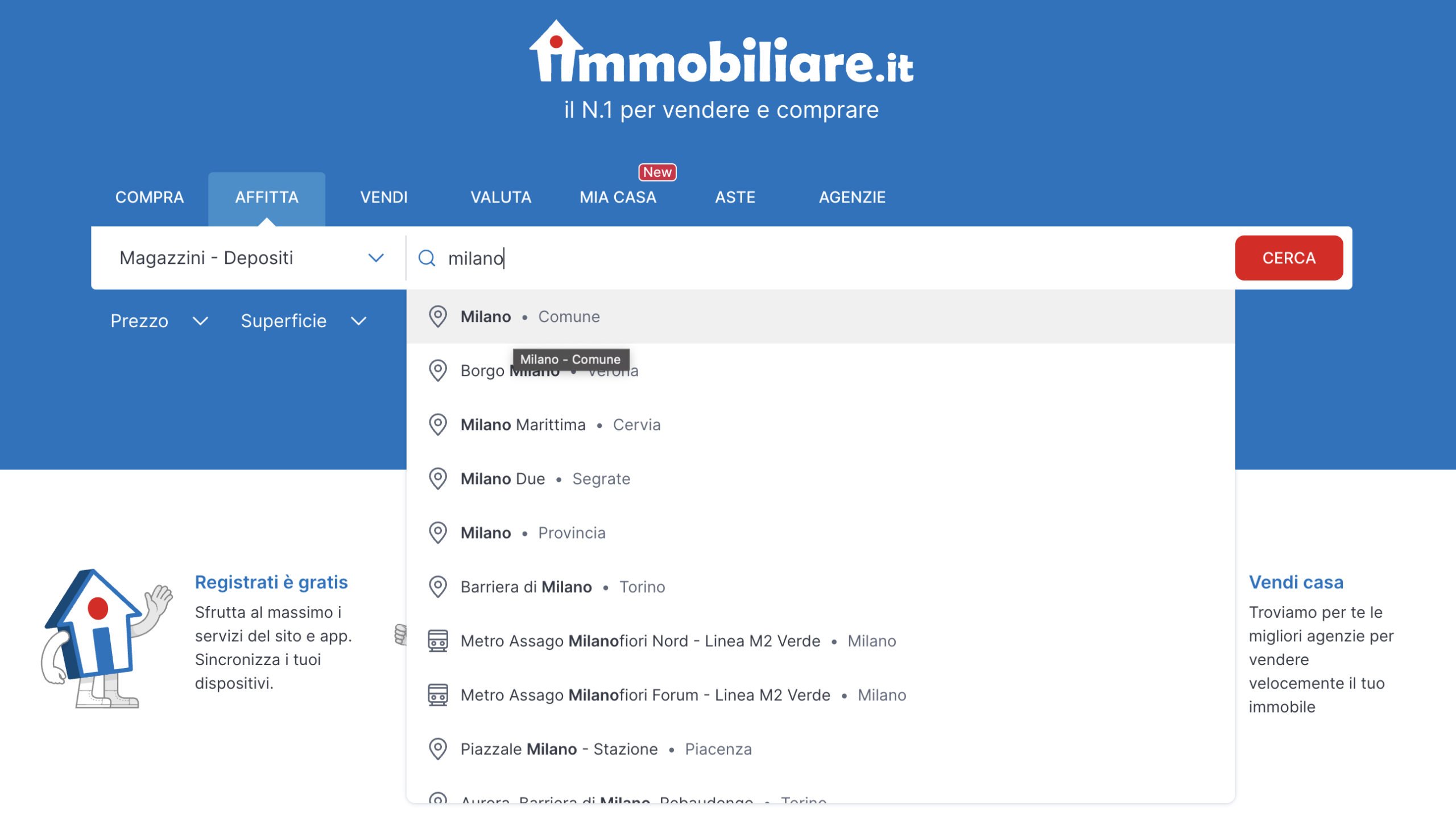From warm weather and unique natural landscapes to the famous food and relaxed ways of life, there are plenty of factors making Italy an extremely popular destination for people looking to move from abroad.
According to the latest data from Italian statistics office Istat, Italy is currently home to over five million foreign nationals, who make up around 8.7 percent of the country’s total population.
This data only refers to people who have officially registered their status as residents with local authorities, and doesn’t include foreign nationals who only spend part of the year in Italy or dual citizens.
But exactly how many of these residents come from Canada and where do they all live?
According to the latest Istat data, Italy is home to some 2,230 Canadians – that’s only 0,04 percent of the country’s total foreign population.
However, this figure is enough to make Canadians the fourth-largest native English-speaking community in the country after Britons (27,760), Americans (15,580) and Irish nationals (3,660).
Lazio is the most popular region
Lazio, which includes Italy’s capital Rome, is home to some 432 Canadians, making it the most popular region for Canuck expats.
But Lombardy, the northern region boasting the largest job market in the country and including Italy’s financial capital Milan, is a close second as 413 Canadians live in the area.
The top three is completed by Tuscany, the central region famous for its art cities and stunning landscapes, with 246 Canadians.
This is followed by Emilia Romagna (157) and Veneto (123).
All in all, Lazio, Lombardy and Tuscany are collectively home to nearly half of the total number of Canadians living in the country.
The Eternal City’s appeal
Though it might not have the slick economy of northern metropolises such as Turin and Milan, Rome’s tourism industry and government institutions are enough to make it the most popular Italian city for Canadians to move to.
Of the 432 Canadians living in the Lazio region, some 359 (that’s around 83 percent) are concentrated in the Rome metropolitan area.
READ ALSO: Six things Canadians should know before moving to Italy
Italy’s capital is followed by Milan, with the northern metropolis being home to 241 Canadians.
Which regions do Canadians avoid?
The Aosta Valley, a small autonomous region in the north-west of the peninsula, is home to just three Canadian nationals.
This, however, shouldn’t come as much of a surprise as the Aosta Valley is the least populous region in Italy.
Basilicata (southern Italy) and Trentino Alto Adige (northern Italy) are the second- and third-least popular regions, with just 10 and 32 Canadians respectively.




 Please whitelist us to continue reading.
Please whitelist us to continue reading.
Member comments